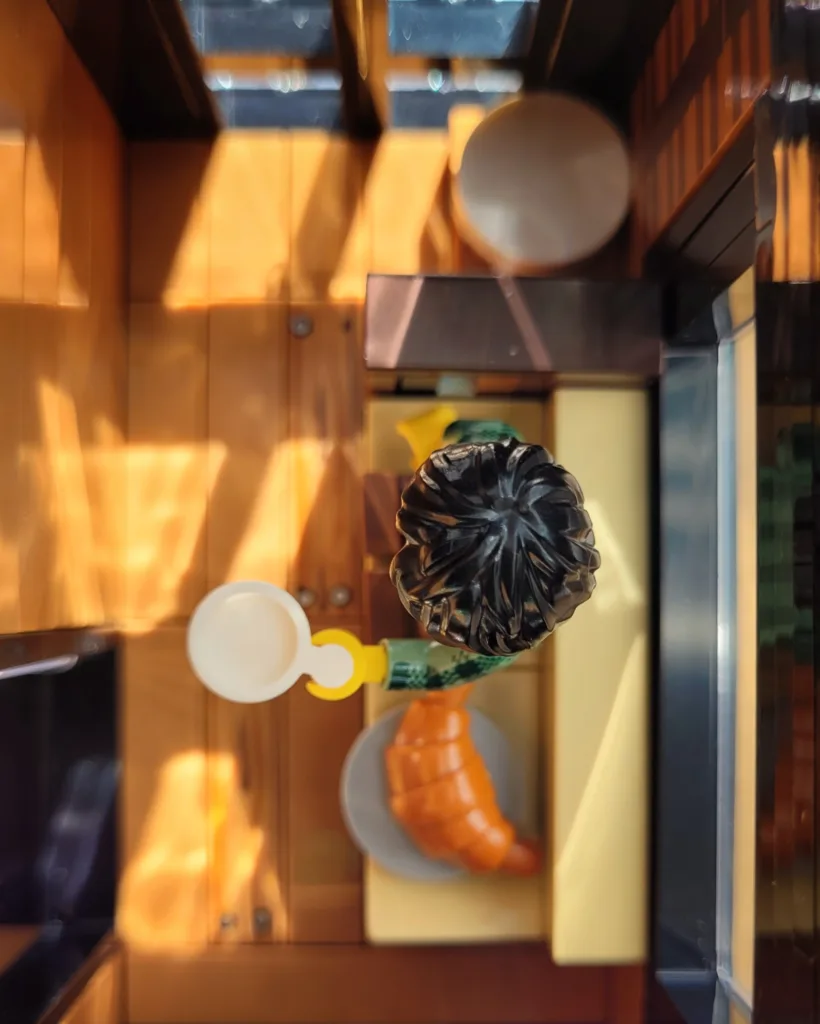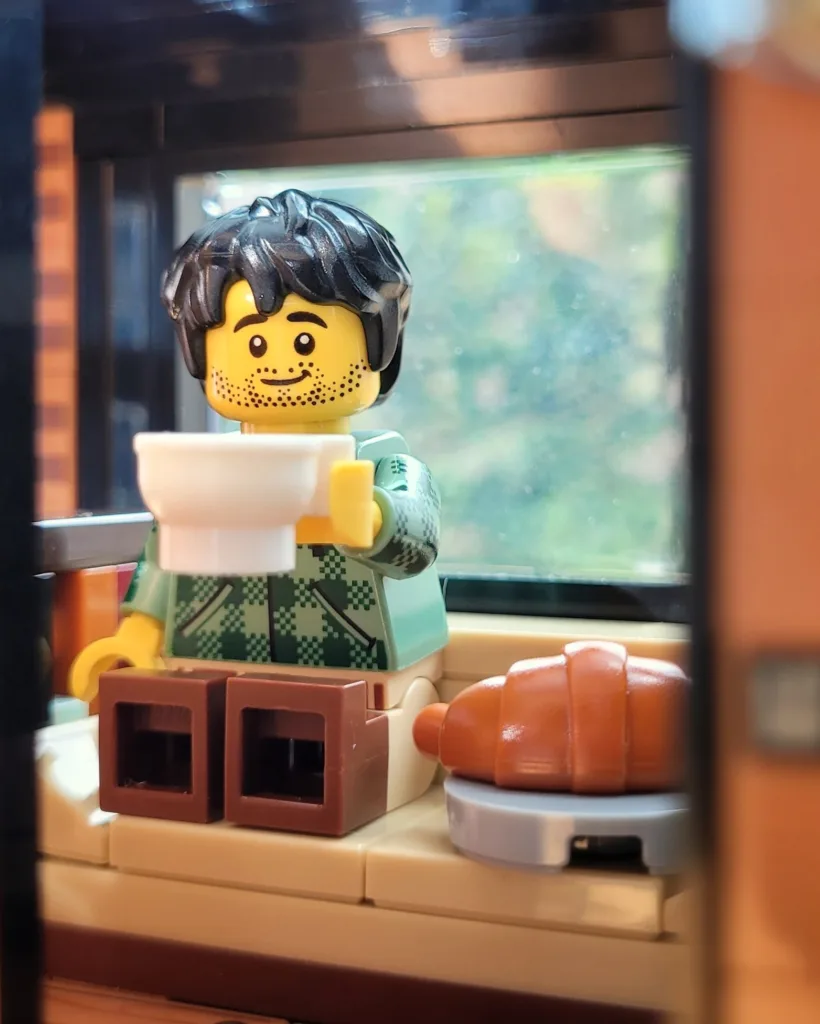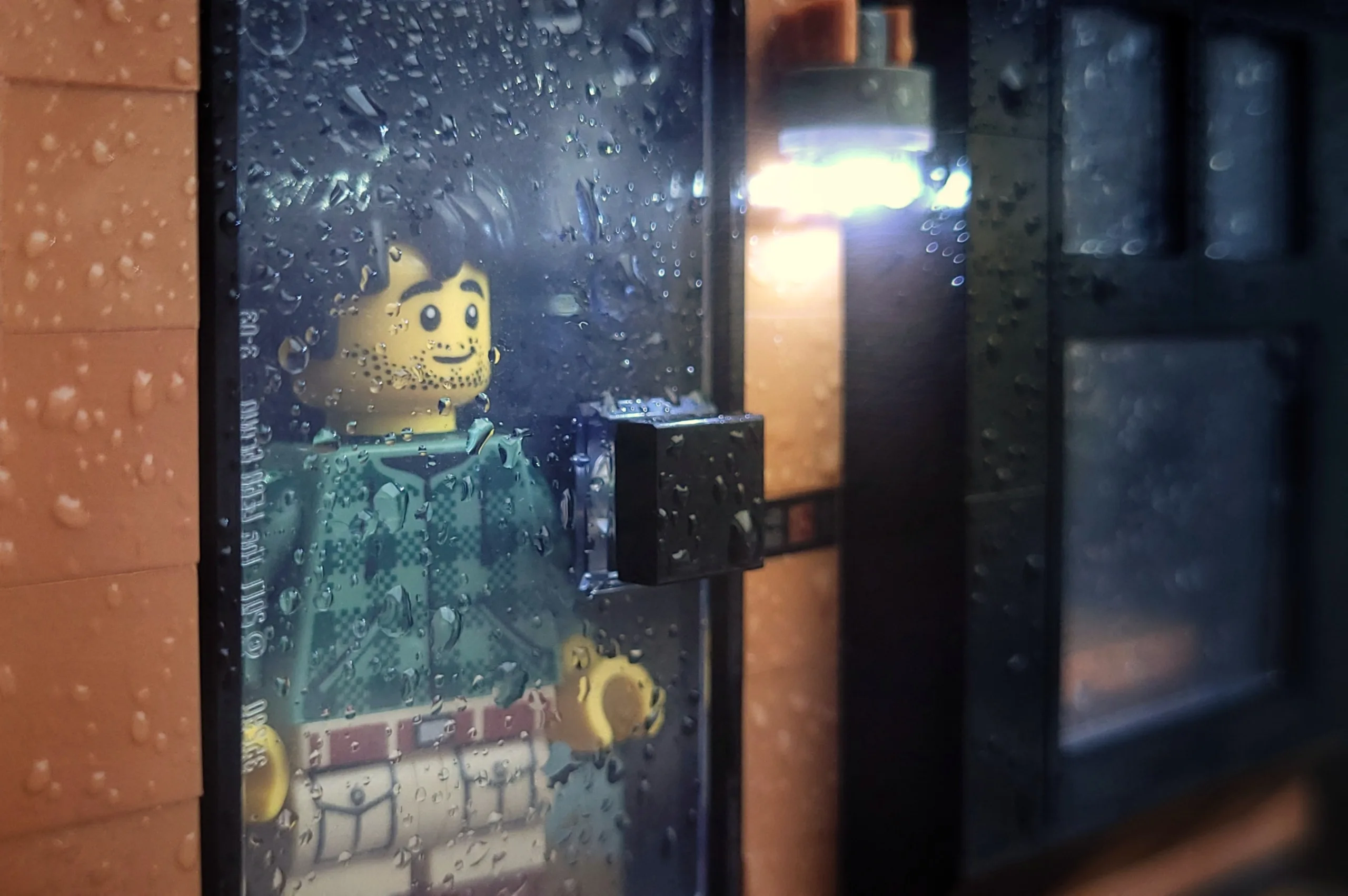It’s not often I reach for my phone when I want to do deliberate LEGO photography these days, but I wanted to revisit my old workflow to see how much I’ve progressed over the years.
The technology certainly has: phone cameras have come a long way since 2013 when I started taking LEGO photos. The camera components in them are cutting-edge and the AI is phenomenal, so I won’t be able to make a fair comparison when it comes to image quality and results.
But what I can compare is how differently I think as a photographer now: how I read the needs for a scene and meet them with my choices. Hopefully, I’ve learned enough to know when to use the right tool for the job. And that sometimes, it’s my phone.
Knowing the gear
A big part of improving as a photographer— or any art, hobby, or profession really— is knowing what tools to use and when. Not every scene is the same, and so you shouldn’t treat them all the same way. (Unless for you every scene is the same and in that case, I hope you explore and experiment more.)
The axiom “if all you have is a hammer, everything looks like a nail” springs to mind. It describes an over-reliance on a familiar tool or process so that it becomes the solution for every scenario. In my case, that tool might be my dedicated camera.

Take the above photo from a bird’s-eye view in a narrow and walled room with natural sunlight. To be a successful photo, I needed to capture more of the scene in the frame and in focus. In photography terms, a wider angle of view and deeper depth of field.
If I had just reached for my regular tool, a mirrorless camera with a 30mm f/3.5 macro lens, I’d struggle just to get both the hands and face of the minifig in focus because of the shallow depth of field at such a close distance. I might even need to use a tripod and focus stack.
Not so with a phone camera. Because it can capture a deep depth of field and a wide field of view easily, it was mostly just a matter of composing the scene handheld.
Why choose a phone camera?
Being able to just work on the composition can be very liberating. Lots of phone photographers like the freedom from technical knowledge– that’s part of the appeal. But I think it’s important to know the characteristics of the tool in broad terms so you can use it to its creative limit.
My phone camera, like most phones, has a wide-angle lens of about 28mm equivalent (on the default camera if there’s more than one) with a small sensor behind it.
That short focal length captures a deeper depth of field– more is in focus back to front– and makes small spaces seem wider so more of the environment is in the frame. It also creates the effect of making everything look further apart.
Because of those characteristics, it’s no surprise that phone cameras are great at capturing landscapes, travel, and group selfies. You know everything will be relatively in focus so you just need to concentrate on composing. (However, that monument behind you will look further away than it really is.)
Let’s go back to my LEGO photo requirements for the tiny house interior concept:
- I wanted the tight space to feel bigger
- I wanted more of the details to be seen
A phone camera does exactly that which makes it the right tool for the job.
Once I understood the phone camera in those terms, it became very easy for me to work with it to its potential.
The only thing I had to overcome was the mindset of phone cameras as tools for beginners because that’s what I used when I started toy photography. It seemed like a psychological step back somehow to use my phone to take these kinds of photos.
But I understand the science of photography a lot better now and that’s allowed me to look at every piece of gear, from my phone to my full-frame camera, from my keychain LED to my flashes, as just different tools in my toolbox.
Playing to the phone camera’s strengths
So we know that phones are very good a being able to get in close, capture a wider field of view, make tight areas seem more spacious, make objects seem further apart, and get more of the scene in focus.
I used all those strengths to create a little series of this rugged guy in the tiny house from different angles and openings:



What phones aren’t great at is creating bokeh or isolating a subject against distracting backgrounds. DSLRs and mirrorless cameras are way ahead there.
This is why that out-of-focus background look might seem premium to people: it’s a style that any dedicated camera with a decent lens can capture but phones can’t. Everyone has a phone, but not everyone has a DSLR or mirrorless camera, so getting a shallow depth of field may seem special, even professional.
Still, there are creative ways to make your subjects stand out when shooting with a phone. Composition is your best friend.
For a detailed look at how I took these photos, here’s a video:
And that’s how I got the shot.
NOTE: This is a revised article based on a LEGO photography tip I originally shared in a Take Better Toy Photos essay.

